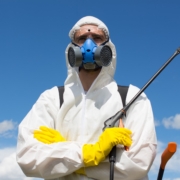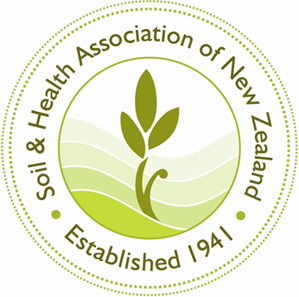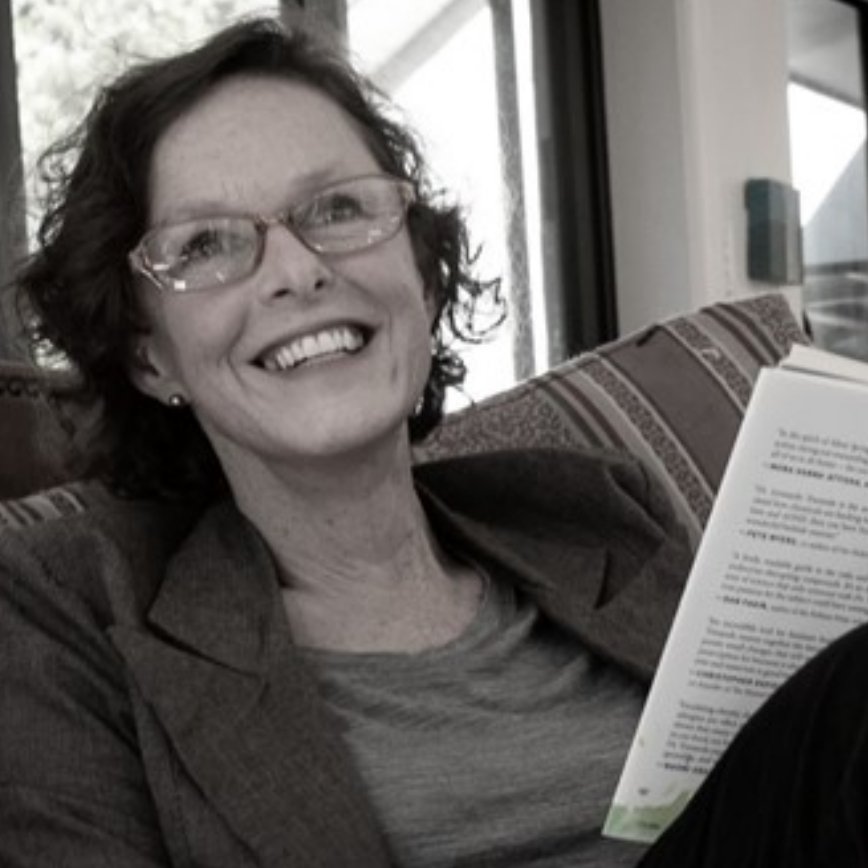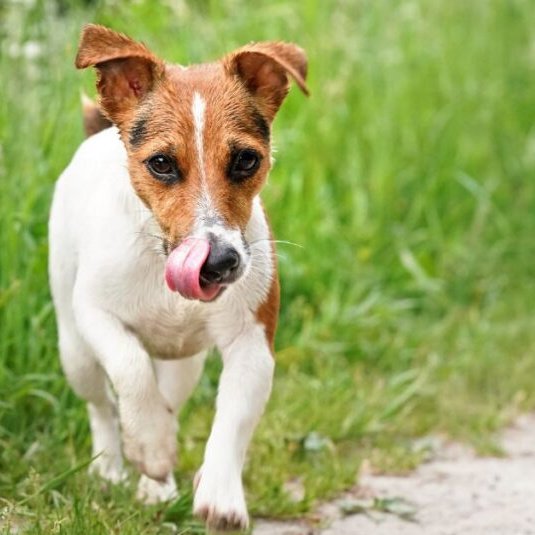Soil & Health submission on the proposal to increase glyphosate maximum residue levels
16 May 2025
To New Zealand Food Safety

Submission to New Zealand Food Safety on Proposed Amendments to Glyphosate Maximum Residue Levels (MRLs)
Introduction
The Soil & Health Association of New Zealand unequivocally opposes the proposed amendments to the Food Notice: Maximum Residue Levels for Agricultural Compounds, which would significantly raise allowable glyphosate residues in staple crops. Specifically, the proposed increases from the current default MRL of 0.1 mg/kg to:
- 10 mg/kg in wheat, barley, and oat grain
- 6 mg/kg in dried field peas
These changes contradict the principles of precautionary public health protection, environmental stewardship, and sustainable agriculture that underpin New Zealand’s food system. They also pose substantial risks to our international trade relationships and the integrity of our agricultural exports.
Public Health Concerns
Glyphosate has been classified by the International Agency for Research on Cancer (IARC) as “probably carcinogenic to humans” (Group 2A). This classification is based on evidence linking glyphosate exposure to non-Hodgkin lymphoma and other cancers. While some regulatory bodies have disputed this classification, the IARC’s assessment is grounded in peer-reviewed studies and reflects a precautionary approach to public health.
Increasing the allowable MRLs for glyphosate could lead to higher dietary exposure among consumers, including vulnerable populations such as children and pregnant women. The long-term health effects of chronic low-level exposure to glyphosate are not fully understood, and raising MRLs without comprehensive risk assessments undermines public confidence in food safety.
Recent biomonitoring studies have found glyphosate residues in human urine in multiple countries, indicating widespread population exposure. A 2022 CDC report in the United States found detectable levels of glyphosate in 80% of urine samples tested, including from children. While these findings do not directly demonstrate harm, they highlight the need for stricter—not more lenient—residue controls to protect population health.
Emerging research also raises concerns about glyphosate’s potential endocrine-disrupting effects and its role in gut microbiome disruption, which are not accounted for in current MRL risk models.
Environmental and Soil Health Impacts
Glyphosate’s widespread use has been associated with adverse effects on soil health and biodiversity. Studies have shown that glyphosate can disrupt soil microbial communities, reduce earthworm populations, and negatively impact soil fertility. These effects compromise the resilience of agricultural ecosystems and can lead to increased reliance on chemical inputs.
A 2021 meta-analysis published in Science of the Total Environment found that glyphosate significantly alters soil microbial diversity, reducing populations of beneficial fungi and bacteria essential for nutrient cycling and plant resilience. This undermines long-term soil fertility and increases the need for synthetic inputs—counterproductive to climate and sustainability goals.
Furthermore, glyphosate’s degradation product, AMPA, is more persistent in the environment and has been shown to accumulate in both aquatic and terrestrial ecosystems. The New Zealand Pesticide Residues Committee has documented increasing AMPA detections in soil and water over the past decade, with insufficient understanding of its long-term ecotoxicity.
Trade and Market Access Risks
New Zealand’s reputation for producing clean, green, and safe food is a cornerstone of our export economy. Raising glyphosate MRLs could jeopardize access to key international markets that have stricter residue limits. For example, Japan has rejected New Zealand honey shipments due to glyphosate residues exceeding their permissible levels.
As of 2024, more than a dozen EU countries—including Austria, France, Germany, and Luxembourg—have announced partial or full bans on glyphosate use. The European Commission has approved glyphosate for only a temporary 10-year extension, amid growing pressure for a full phase-out. This creates a volatile regulatory climate in Europe where elevated MRLs could soon be interpreted as non-compliance.
In the Asia-Pacific region, Taiwan and South Korea have tightened import controls for glyphosate residues in cereals, and consumer groups in Japan have lobbied successfully for lower glyphosate thresholds in food imports. These dynamics place New Zealand exporters at risk of rejection and reputational damage if glyphosate levels are increased domestically
Policy Coherence and Future Agricultural Practices
The proposed MRL increases appear to facilitate the adoption of genetically engineered glyphosate-tolerant crops, which are associated with increased herbicide use. This shift contradicts New Zealand’s commitments to sustainable agriculture and environmental protection.
The timing of this MRL proposal, alongside the Gene Technology Bill currently before Parliament, raises concerns about alignment. Increasing glyphosate residue limits could be perceived as regulatory paving for the eventual introduction of herbicide-tolerant genetically engineered crops—an issue not openly debated with the public or iwi.
In addition, lifting MRLs for glyphosate contradicts New Zealand’s commitments under the APEC Food Security Roadmap and the Global Biodiversity Framework, both of which prioritize reductions in agrichemical inputs and the promotion of agroecological practices.
Recommendations
In light of the concerns outlined above, the Soil & Health Association of New Zealand recommends the following actions:
- Reject the proposed glyphosate MRL increases for wheat, oats, barley, and peas.
- Maintain the current default MRL of 0.1 mg/kg, adhering to the precautionary principle in food safety regulation.
- Conduct comprehensive, independent reviews of glyphosate’s health and environmental impacts, incorporating the latest scientific evidence.
- Enhance monitoring and transparency regarding glyphosate residues in food products, ensuring public access to residue data.
- Promote and support alternative weed management practices, including organic and regenerative agriculture methods that reduce reliance on chemical herbicides.
Conclusion
The proposed increase in glyphosate MRLs poses significant risks to public health, environmental sustainability, and New Zealand’s international trade relationships. Upholding our nation’s commitment to safe, sustainable, and high-quality food production requires adherence to precautionary principles and robust regulatory standards.
We urge New Zealand Food Safety to reconsider the proposed amendments and to engage in a comprehensive review process that prioritizes the health of our people, the integrity of our environment, and the resilience of our agricultural economy.
References
- IARC (International Agency for Research on Cancer). (2015). IARC Monographs Volume 112: Evaluation of Five Organophosphate Insecticides and Herbicides. Lyon, France: World Health Organization. https://www.iarc.who.int/wp-content/uploads/2018/07/MonographVolume112-1.pdf
- Centers for Disease Control and Prevention (CDC). (2022). Fourth National Report on Human Exposure to Environmental Chemicals: Updated Tables, Volume One. Glyphosate and AMPA in urine. https://www.cdc.gov/exposurereport/
- Mesnage, R., & Antoniou, M. N. (2017). Facts and fallacies in the debate on glyphosate toxicity. Frontiers in Public Health, 5, 316. https://doi.org/10.3389/fpubh.2017.00316
- Ding, J., Shen, Y., & Du, H. (2021). Effects of glyphosate on soil microbial communities and greenhouse gas emissions: A meta-analysis. Science of the Total Environment, 753, 142651.
https://doi.org/10.1016/j.scitotenv.2020.142651 - Soil Association UK. (2016). Glyphosate and Soil Health: A Summary of Research.
https://www.soilassociation.org/media/7202/glyphosate-and-soil-health.pdf - The Detox Project. (2023). Japan Warns It Will Block New Zealand Honey Shipments If Glyphosate Limits Breached.
https://detoxproject.org/japan-warns-it-will-block-new-zealand-honey-shipments-if-glyphosate-limits-breached - European Commission. (2023). Renewal Report for the Active Substance Glyphosate – Peer Review of the Risk Assessment by EFSA and ECHA. https://ec.europa.eu/food/plants/pesticides/approval-active-
substances/renewal-glyphosate_en - APEC Policy Support Unit. (2021). APEC Food Security Roadmap Towards 2030: Implementation Plan.
https://www.apec.org/docs/default-source/Publications/2021/4/APEC-Food-
Security-Roadmap-Towards-2030-Implementation-Plan.pdf - Convention on Biological Diversity (CBD). (2022). Kunming-Montreal Global Biodiversity Framework.
https://www.cbd.int/article/cop15-final-text-kunming-montreal-gbf-221222 - New Zealand Pesticide Residues Committee. (2023). Annual Report on Pesticide Residues in Food and the Environment. Ministry for Primary Industries.
Submitted by:
Charles Hyland
Chair, Soil & Health Association of New Zealand
16 May 2025
Email: charles.hyland@soilandhealth.org.nz
See also our Glyphosate Campaign Page here.






